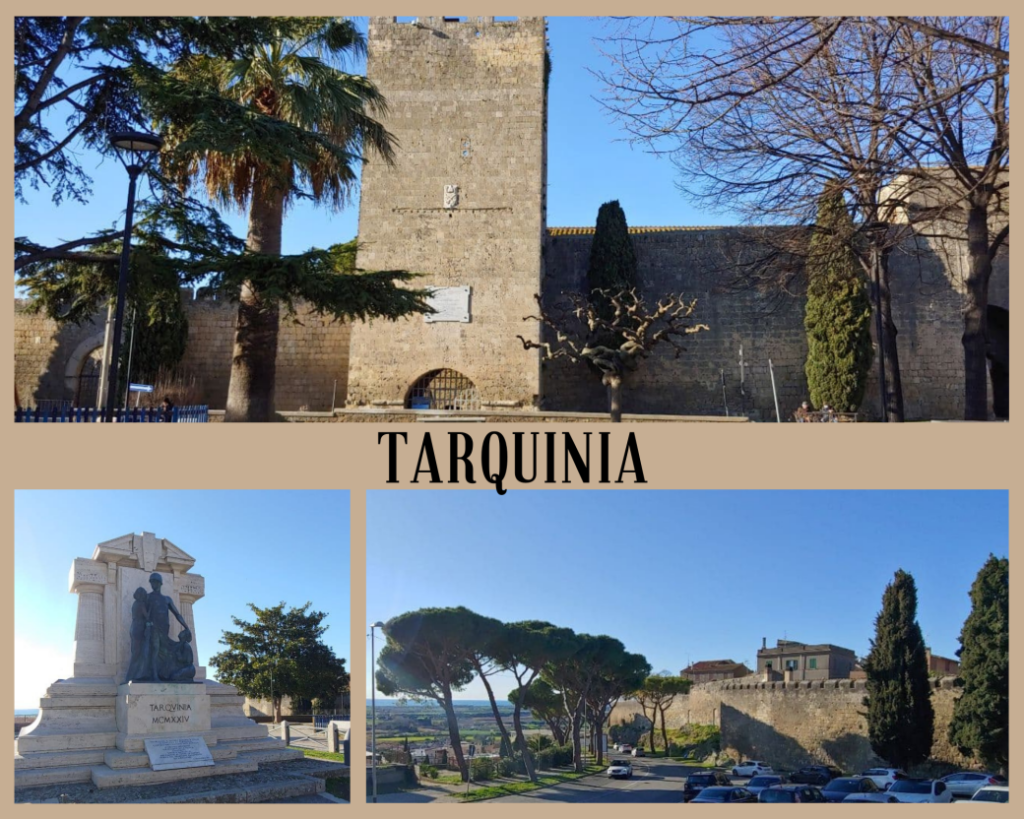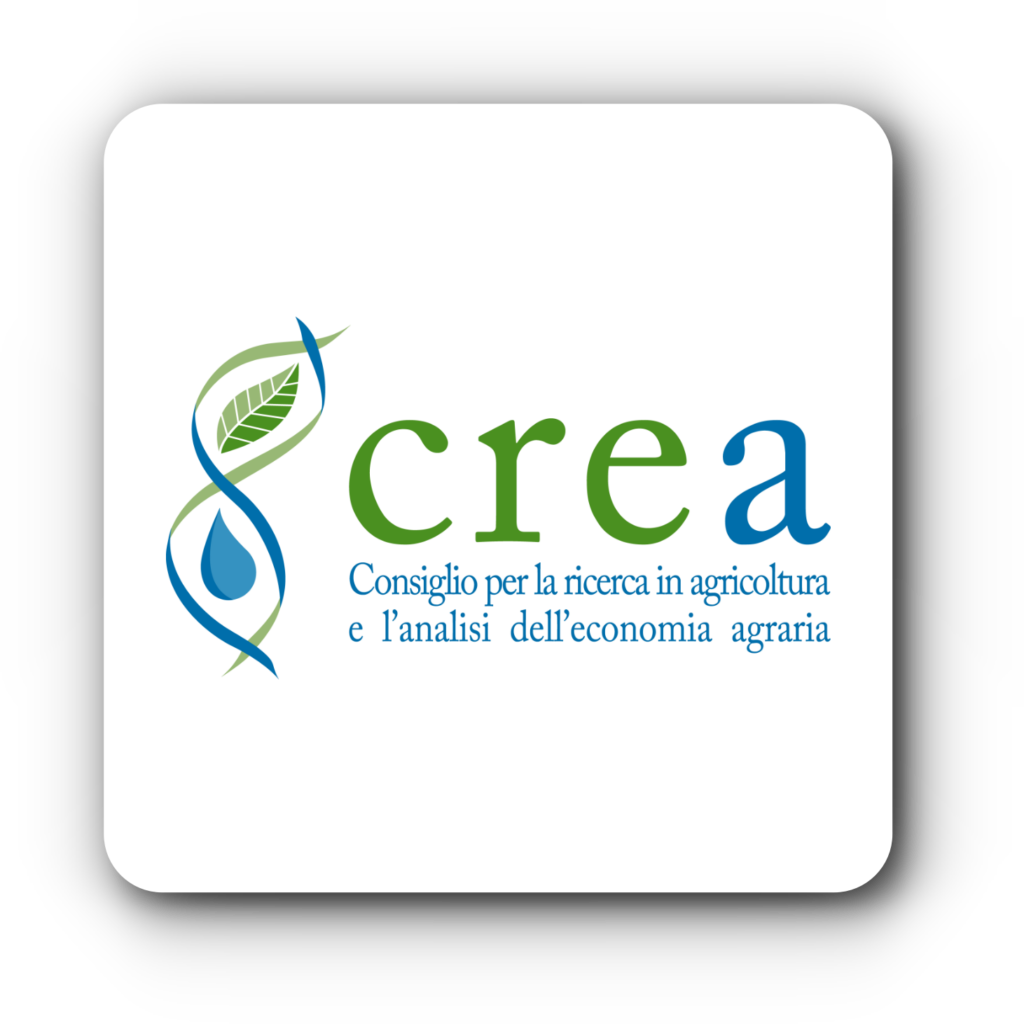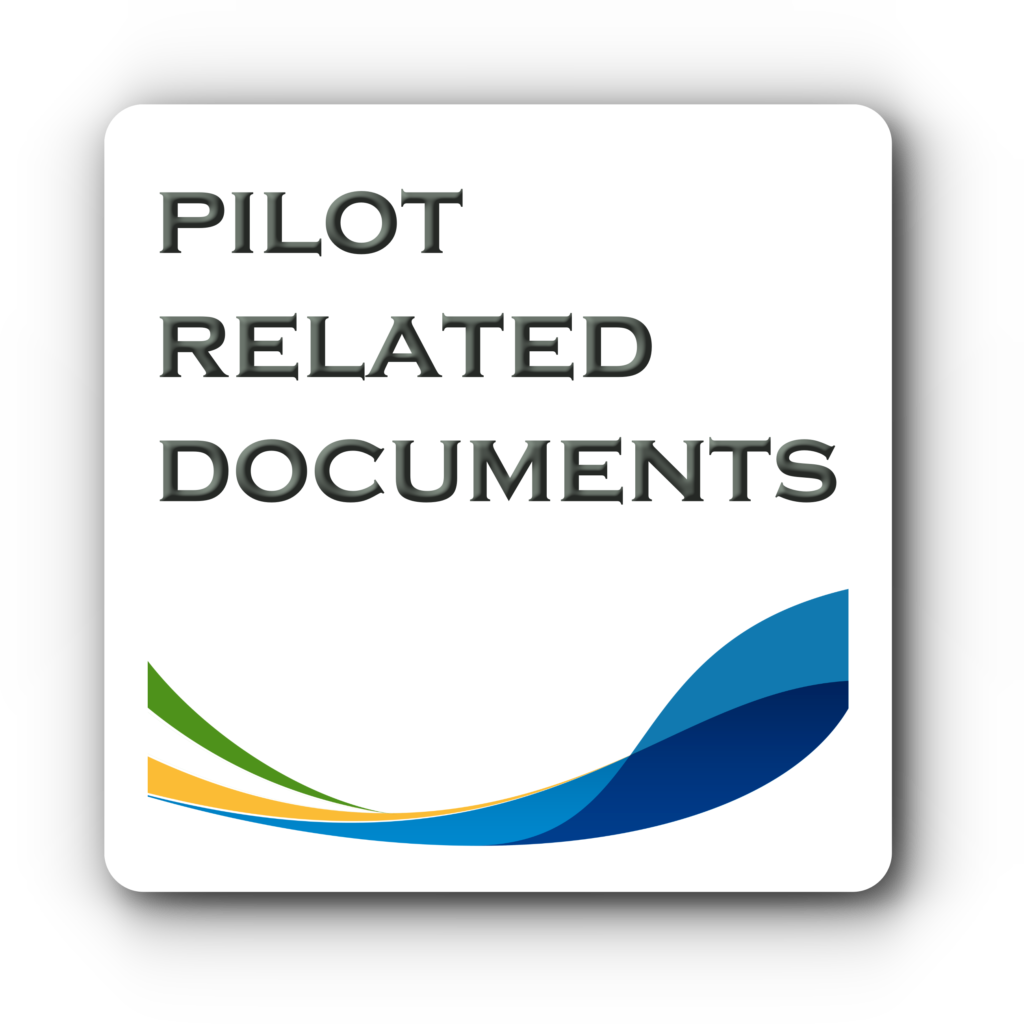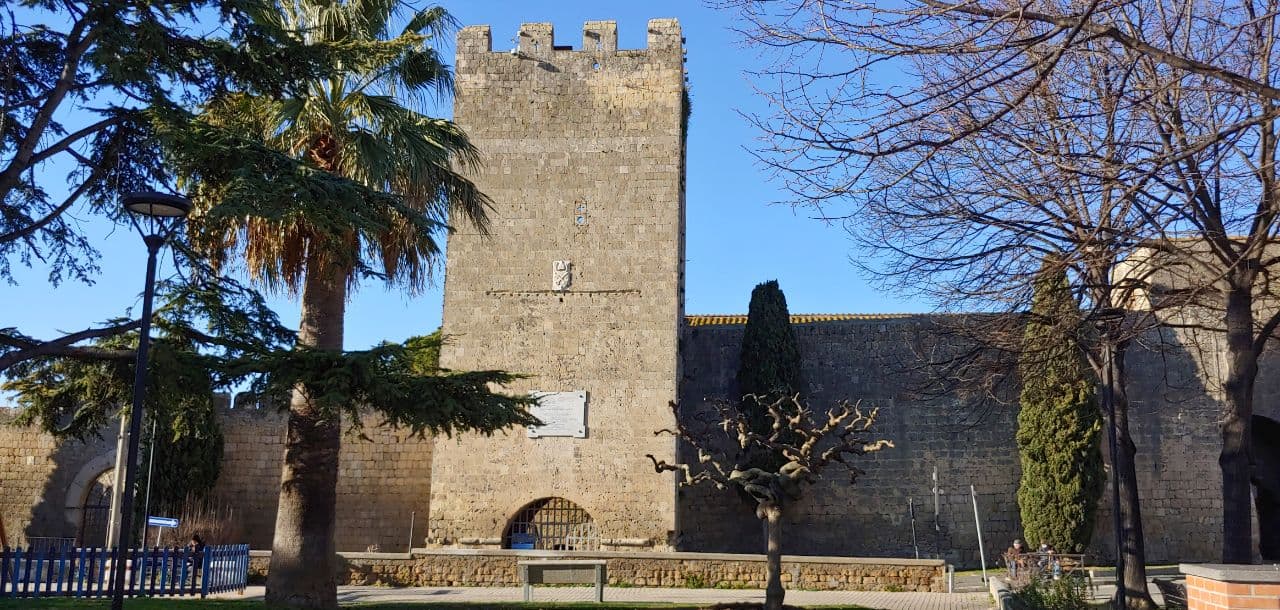
Tarquinia plain (Italy)
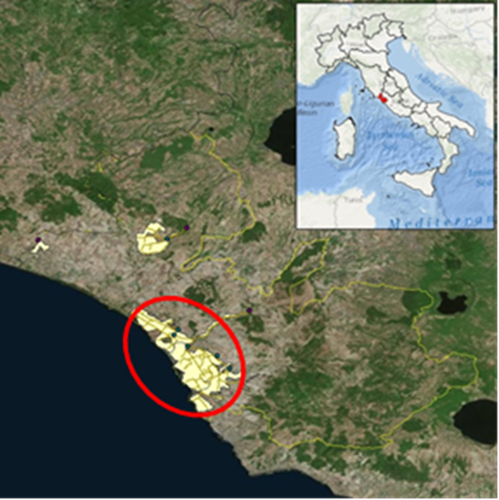
The Italian pilot area “Tarquinia plain” covers a surface of 27 000 ha and is located around 90 km north of Rome, Lazio Region, in central Italy. The major settlements in the area are Tarquinia, Lido di Tarquinia, Voltone and Marina Velca. The main economic activities in this area are tourism (Tarquinia is in the UNESCO World Heritage list from 2004) and agriculture.
The site is characterized by a flat topography and is an intensive agricultural area, with 67% of the territory used for agricultural production purposes. 85% of this pilot area has been recognized as a nitrates vulnerable zone. Around 45% of the agricultural land is irrigable, and in 2014, 2 195 ha were actually irrigated.
CHALLENGES
The main WEF challenges of this area are strictly connected with both the quantity and the quality of water in agricultural areas. High amount of water is requested during the summer period, and water distribution is complex due to structural and management issues related to the Water Use Association. Further issues are due to the high energy costs of water pumping on irrigation networks. The quality of ground water is not very good due to the pollution of nitrates derived from fertilizer.
Along the years, intensive agriculture has caused relevant soil degradation problems which affect the entire area.
There is a significant process of contraction of agricultural enterprises, associated with a much less marked reduction in the UAA. Nonetheless, farms are still pulverized throughout the territory, making it challenging to organize and apply structural and technological modernization measures. The agricultural producers of Tarquinia have long been committed to surviving in the global competition of markets. They have been often excluded due to their small and fragmented size compared to the large operators in the sector.
LENSES ACTIVITIES
LENSES can provide a holistic system perspective considering climate variability and ecosystem resilience, to support policy design and enhance the adoption of innovative technologies to improve water management both at territorial and farm level.
In the context of the LENSES project, the following activities will take place:
- Identifying key stakeholders in the area to be involved in the multi-actor participatory process of LENSES project;
- Involving key stakeholders and the local community in a dynamic process that will model the contacts network in a multidimensional way according to the progress of the project;
- modelling activities run to define a wider WEF Nexus, with a particular focus on water quality and quantity (WP4 and WP6) to face the impact of agricultural derived nitrates on the environment, which is currently a key issue affecting the area.
KEY STAKEHOLDERS INVOLVED IN THE PROCESS
• Tarquinia Municipality
• Farmers and associations (e.g., Cooperativa Pantano, Centrale Ortofrutticola)
• Water User Associations “Consorzio di Bonifica Litorale Nord” (CBLN)
• Regional Environment Protection Agency
• Università Agraria di Tarquinia
• Biodistretto Maremma Etrusca e Monti della Tolfa (Maremma Etrusca and Monti della Tolfa Eco Region)
• ENZA ZADEN Italia s.r.l. (breeding company)
• ISLA s.r.l. (biotechnology company)
• Gruppo Naturalistico della Maremma Laziale
• LIPU Wildlife Italia
• Associazione Fare Verde
